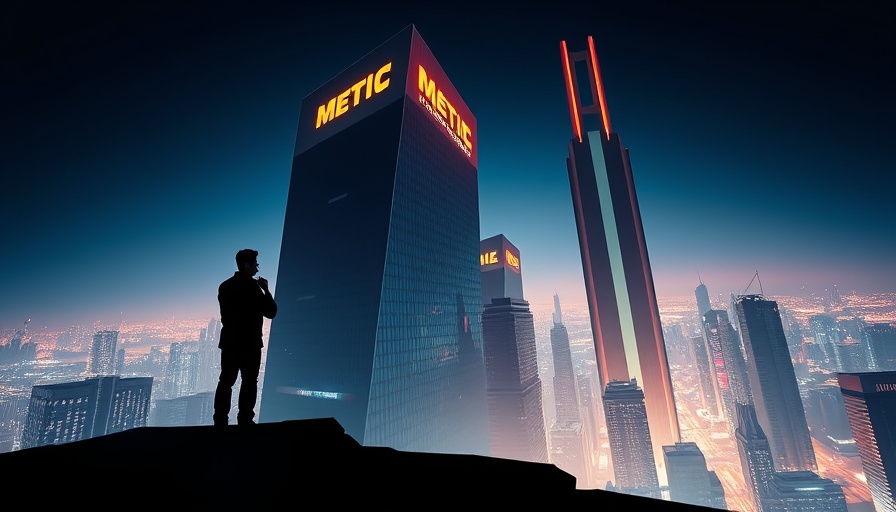
The Legacy of Real Estate Giant Shorenstein Properties
Brandon Shorenstein finds himself at a pivotal moment in his career, inheriting a multibillion-dollar legacy amid significant challenges. Following the untimely passing of his father, Douglas Shorenstein, in 2015, Brandon was thrust into leadership. At barely 30, he stepped into shoes that altered the skyline of San Francisco. The legacy of Shorenstein Properties is not just about owning a vast portfolio of prestigious buildings; it’s also about navigating the turbulent waters of a post-pandemic reality that has left many in the real estate sector struggling.
The Impact of the Pandemic on Real Estate
The COVID-19 pandemic has reshaped the landscape of many businesses, and commercial real estate has not been spared. For a company that had historically thrived during booming economies, the transition to a remote working model has diminished the demand for office spaces, leading to a surge in vacancies. The Shorenstein family’s portfolio, which once symbolized security and growth, faced unprecedented losses, with substantial loans turning into crippling debts.
Brandon's struggles are mirrored in the broader market. Other real estate titans like Albert Behler of Paramount Group are also reeling from the effects of over-investments in skyrocketing office buildings. The decline in occupancy rates has put pressure on property valuations, forcing many to either brace for bankruptcy or engage in fire sales.
The Emotional Toll on Leadership in Crisis
The weight of expectations is immense for a leader in Brandon’s position. Not only does he have to safeguard the financial future of his family’s business, but he also grapples with personal grief and the desire to honor his father's legacy. His sentiment, "I’m getting my ass kicked every day," highlights the emotional toll on leadership during times of crisis. The human aspect of business, often overshadowed by profit sheets and balance reports, is starkly evident in Brandon's reality.
A New Era of Real Estate: Resilience and Adaptation
As Brandon Shorenstein navigates these challenges, he's not alone in reconsidering strategies. Many leaders are adapting to an evolving landscape where hybrid work models are becoming the norm. This shift presents opportunities for repurposing spaces and rethinking how commercial real estate can cater to new demands.
Additionally, the outlook shows a developing trend: increased interest in mixed-use developments that blend residential, retail, and office spaces may provide a lifeline to recovery. By embracing these innovative approaches, the Shorenstein legacy could pivot rather than collapse.
The Future of San Francisco's Skyline: Opportunities Ahead
For the Shorenstein family and other stakeholders in San Francisco, the evolution of the real estate market is not just about survival, but potential rebirth. The ensuing conversations about urban development trends highlight an ongoing commitment to sustainability, community engagement, and a diversified portfolio.
As the market begins to recover, Brandon might find opportunities amid challenges. The pitch for sustainable urban spaces, designed with community integration in mind, may soon define the next chapter of Shorenstein Properties. Being ahead of this curve could not only preserve the family's legacy but reshape it for future generations.
Conclusion: A Call to Action for the Community
The Shorenstein story is a microcosm of the resilience required in today's tumultuous real estate climate. As the structures that shape our communities face pressures of change, those at the helm must innovate and adapt. For community members, advocating for sustainable practices, supporting local development initiatives, and engaging with leaders like Brandon Shorenstein can foster a vibrant and resilient urban future.
Now is the time for us all—whether in San Francisco or beyond—to consider how we adapt our spaces and support the visionaries tasked with shaping our environment.
 Add Row
Add Row  Add
Add 




 Add Row
Add Row  Add
Add 

Write A Comment